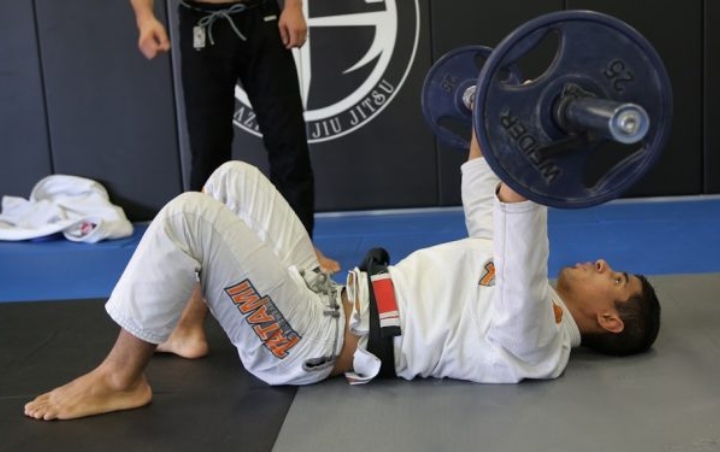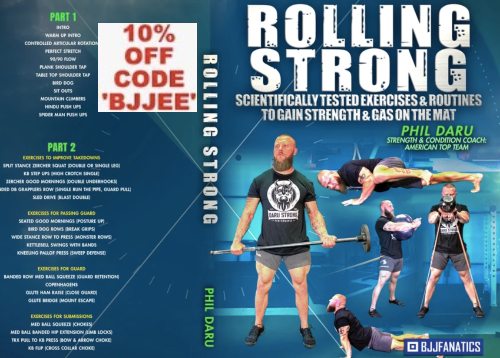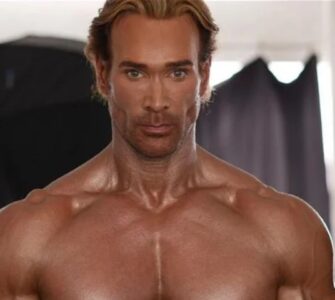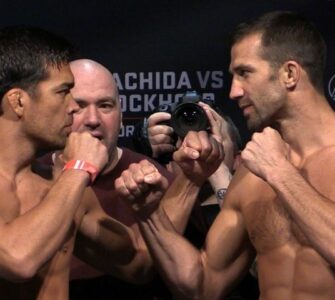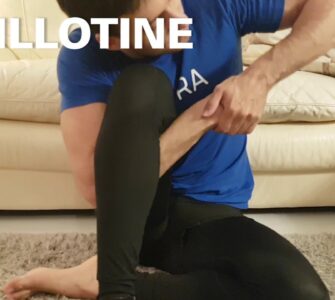Guest post by Evolve MMA, Asia’s premier championship brand for martial arts. It has the most number of World Champions on the planet. Named as the #1 ranked martial arts organization in Asia by CNN, Yahoo! Sports, FOX Sports, Evolve MMA is the best Singapore BJJ gym.
Do you remember your first time heading to the gym for your workout? For many, entering the gym for the very first time is a strange and awkward experience, especially if you don’t know what to expect. Those new to the gym always have a good amount of preconceptions before going in.
While some preconceptions are accurate, others are far from it. Whether you heard it from a friend of a friend, or from your next-door neighbor, a.k.a. self-proclaimed gym buff, there’s a handful of misinformation floating around that you need to wade through.
Such gym myths may simply be mild hindrances to your goals, or they can be disastrous to your overall progress. It’s time to debunk these gym myths and set you on the right path for success.
Today, Evolve Daily lists five gym myths that may be slowing your fitness progress.
1) Spot reduction
You’re probably the type to do a million sit-ups in the hopes of getting that washboard six-pack of abs, only to be severely disappointed with the lack of visible progress weeks in. Lots of people have been where you are. The fact of the matter is, spot reduction is one of the most pervasive gym myths out there, tricking countless people who have stepped through the gym doors.
Unfortunately, fat loss involves a total-body effort. Spot training can produce an imbalance in body structure, which is not something anyone desires. In order to see a change in areas you most desire, you have to come in with a total-body approach to fitness.
While doing sit-ups every single day will undoubtedly strengthen and develop your abdominal muscles, you won’t get to see them unless you take the necessary steps to decrease your body fat as a whole. That means working out other areas of your body equally, putting in the time and effort in the kitchen and your nutrition, and blasting yourself with a healthy dose of cardio exercises. Doing a million sit-ups just won’t cut it.
2) No pain, no gain
This phrase came to the mainstream in 1982 when actress Jane Fonda produced a series of aerobic workout videos.
While the phrase does hold some truth to it, it is a very conditional rule. Muscle soreness and discomfort are natural when working out. You should expect a level of discomfort and aches. After all, it is an indicator that you are pushing yourself beyond your limits. It’s a sign of growth and improvement. But it is not a prerequisite to progress.
Aches and pains in delayed-onset muscle soreness (DOMS) are the typical aftereffects of physical exertion when muscle fibers that have been broken down begin to rebuild.
The sensation of pain is one of the many ways the body communicates with us. When you’re sore, for example, such as in DOMS, it’s telling you to slow down until the body recovers. On the other hand, sharp pains are big red flags that there’s something seriously wrong and you should stop immediately. So when you experience this type of pain or any pain that affects functionality, you best stop for a moment and evaluate.
3) Stretch before you work out
Stretching is so important to fitness. It keeps the muscles flexible, strong, and healthy. Without it, muscles are tight and compact, and are unable to extend fully for functional use.
It is essential to warm up before each workout to minimize the risk of soreness, cramping, and to decrease the likelihood of injury. This is common knowledge. However, it is best to leave static stretching until your cool-down exercises.
Static stretching─the type where you hold a position without any other movement─loosens the muscles and joints. It’s excellent for relaxing stiff muscles at the end of a hardcore workout session, but if you do it before your workout, it means that you’re compromising the integrity of the structures surrounding your joints.
Warm-up stretches have to be dynamic─the ones where you go through the range of motion you need for your specific sport or activity. These improve mobility and get your blood flowing for better performance.
4) Lifting will cause you to bulk up
This myth is one of the biggest reasons why there are many women out there who avoid lifting, fearing that they might inadvertently develop an excessively muscular body.
There really is no need to worry about that, though. Bodybuilding is a sport that requires a tremendous amount of effort and dedication. It takes years of lifting heavy to bulk up. It’s not something that happens unintentionally just because you happened to do a bit of lifting.
Exercises involving weights are best for sculpting and toning, but weights have been so often associated with bulking and bodybuilding that some get a false notion that it will cause muscle and mass increase.
Strength and resistance training strengthens bones and muscles, improves joint support, and progresses you towards the physique of your dreams, so don’t shy away from it on account of getting too bulky. In fact, it’s one of the most crucial components of any gym routine.
5) Muscle turns into fat, and fat turns into muscle
Brands that promote turning fat into muscle are severely misinformed, and it’s easy to see where this misconception comes from: a physically active person has more muscle than fat, while a sedentary one has more fat than muscle.
In the first place, however, fat cells (adipocytes) and muscle cells (myocytes) have vastly different functions and compositions. Adipocytes, being a form of energy storage, are 90-99% fat, while myocytes, being a contractile unit, contain a lot of water and protein and very little fat. Sad to say, but converting fat into muscle is simply not scientifically possible.
When people say turn your fat into muscle, they don’t mean it literally. Instead, it means metabolizing fat to use as energy for the body through a caloric deficit, and then gaining muscle through the natural production of Human Growth Hormone (HGH), which helps to maintain, build, and repair muscle tissue after exercise.
Rolling Strong combines scientific exercises and routines specifically geared towards grappling.
Phil Daru is a performance coach for over 200 Elite Level Fighters in all aspects of combat sports.
Learn a comprehensive approach that covers everything from proper warmups to exercises designed to improve your guard!

